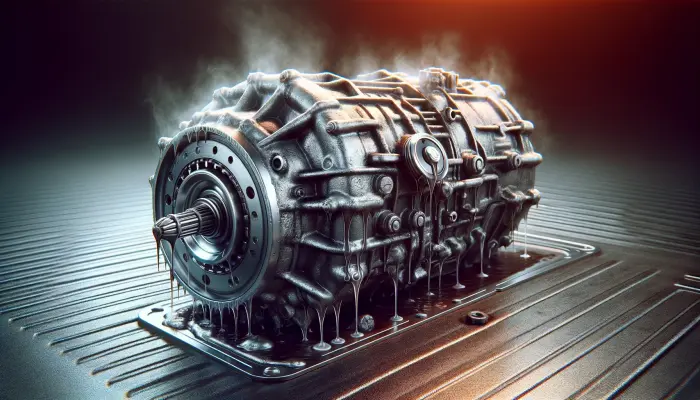One of the primary causes of automatic transmission overheating is insufficient transmission fluid level. If there's too little oil in the transmission, it can't effectively dissipate heat from the moving parts, leading to overheating. Other common causes include:
- Using inappropriate or low-quality transmission fluid that poorly conducts heat.
- Contaminated filters and screens that hinder the normal circulation of oil.
- Wear of seals in bearings and distributors.
- Malfunction of the speed sensor or oil temperature sensor.
These factors combined can exacerbate the situation, accelerating the overheating process and increasing the risk of transmission damage.
Consequences of Overheating
Prolonged overheating of the transmission can lead to serious breakdowns and costly repairs. Typical consequences include:
- Degradation of transmission fluid and loss of its lubricating properties.
- Damage to bearings, gears, and other rotating parts.
- Failure of electronic components, including sensors and control units.
Regular inspection and maintenance of the transmission system are necessary to prevent these negative consequences and ensure the longevity of the vehicle.
Identifying Transmission Overheating
Early signs of transmission overheating can include:
- A burnt fluid smell from under the hood.
- Vibration or increased noise when moving.
- Noticeable deterioration in the vehicle's dynamics and power.
- Activation of the transmission overheating warning light on the dashboard.
The oil temperature can also be measured using a diagnostic scanner – it should not exceed 120 degrees Celsius.
Preventing Overheating of Automatic Transmission
To prevent transmission overheating, it's essential to:
- Regularly change the transmission fluid according to the schedule.
- Avoid operating the vehicle with a low oil level.
- Monitor the condition of the transmission's radiator and fluid pump.
- Avoid overloading the vehicle and driving in low gears at high RPMs.
- Refrain from starting the engine while towing the vehicle.
Installing an additional oil radiator and using high-quality transmission oil can also be beneficial.
What to Do in Case of Transmission Overheating
If you suspect transmission overheating:
- Immediately stop in a safe place and allow the vehicle to cool down for 15-20 minutes.
- Check the oil level with a dipstick and top up if necessary.
- If the problem persists after cooling down, seek diagnostic and repair services at an auto service center.
- In case of a breakdown, a complete transmission overhaul or a new installation may be required.
The main rule is not to start the engine or continue driving when overheated to avoid severe and costly automatic transmission breakdowns. Timely service and repair significantly increase the chances of preserving the transmission's working condition.
